Have you ever heard of the Aigüestortes i Estany de Sant Maurici National Park? I hadn’t either, until a trip to Catalonia in Spain brought it to my attention.
The Aigüestortes National Park is located in the Catalan Pyrenees. It has been a Spanish national park since 1955 and makes fro a great hiking destination.
Aigüestortes i Estany de Sant Maurici National Park
The Aigüestortes i Estany de Sant Maurici National Park is the only Spanish National Park that’s located in Catalonia. Some say it is the most beautiful of Spain’s national parks, as what was once an ancient glaciated valley is now an untamed slice of wilderness.
Today, it is strewn with dazzling lakes, dense black pine forests, peat bogs, and jagged peaks.
The site is popular because of its countless streams, waterfalls, and a large number of lakes (almost 200 in total), many of them being of glacial origin as it lies at an altitude of 1,600 to over 3,000 meters. Aigüestortes National Park was officially created in 1955 in the northwestern corner of Catalonia.
Visiting the park
40,852 hectares / 158 square miles big, the park has two main entrances opposite to each other – located in Espot (Pallars Sobirà) to the east and Boí (Alta Ribagorça) to the west – and a few smaller ones.
There are parking lots at these entrances as you can only enter Aigüestortes on foot. Our guide told us mountain biking is prohibited as well, although a quick internet search tells me it is just very restricted.
We left our bus in Boí and made use of the 4×4 taxi service there to the entrance of the park, from where we set off on our guided trip.
Although there are many other activities you can do, such as rock climbing and (depending on the date) cross-country skiing, snowshoeing and dog sledding, hiking seems to be the best way to experience this special place.
Unfortunately, we only had time for a 2-hour walk, but Aigüestortes has over 20 hiking trails in total that will last you from a few hours up to five days, from easy to difficult levels.
For the hardiest and most adventurous, there are two multi-day circuits called Camins Vius (“living paths”) and Carros de Foc (“Chariots of Fire”). Camping with a tent isn’t permitted in the park, but there are several cottages and mountain shelters along these routes where hikers can spend the night for a small fee (it’s sensible to book ahead).
As Aigüestortes is a park in a mountainous area, a certain level of physique fitness is required on some of the trails. However, there are also several special wooden routes in certain parts of the park for people in wheelchairs (important: you need special authorization to enter the site with a motorized wheelchair).
To keep the park so beautiful, reserve rangers work hard to enforce certain rules and regulations. Basically, visitors should leave no trace behind them, and leave everything in the area intact. It’s forbidden to gather or take any plants, rocks or mushrooms, or hunt or fish any of the park’s wild inhabitants.
Campfires aren’t allowed, neither is swimming, off-road cycling or, of course, driving any motorized car.
You can read more about the different routes and get hold of a map from either the park’s website or the fantastic information centers at both Espot and Boí. While you’re there, why not check out information about the region’s rich culture and architectural heritage too. There are some beautiful Catalan Romanesque churches in the Vall de Boí and some charming villages littered about the region.
Wildlife
Before entering the park, the local guide told us a bit more about the inhabitants of Catalonia’s only nature reserve, the animals. There’s plenty of wildlife in Spain’s Pyrenees and in the park specifically, but as they are wild it’s not always easy to see them. Well, except for the ants.
If you do want to try your luck, it’s best to bring binoculars and go at dusk or dawn. It’s essential to keep quiet, so going alone or in pairs is recommended.
Because it has such a varied landscape, there is a total mix of flora and fauna to be found. The waterways are rich with brown trout, frogs, and toads. If you’re really observant you might see a Pyrenean brook salamander, also known as the Pyrenean newt. You could also spot an otter or a muskrat!
Around the slopes and prairies are where most of the mammals roam. There are stoats, alpine marmots, roe and fallow deers, chamois, and even some brown bears. Most of the common animals found in the park, however, are birds – from eagles to vultures to black woodpeckers.
There are also vipers that you have to keep an eye out for as they have a poisonous bite. However, they’re rare and are only aggressive if you get too near or provoke them.
The lakes and waterfalls
No matter which route you travel around this stunning location you’re sure to come across some pretty spectacular natural features, from expansive lakes to gushing waterfalls, to humble babbling rivers running down from the peaks.
If you translate “Aigüestortes i Estany de Sant Maurici National Park” into English, you get “the winding streams and lake of St. Maurice”. Sant Maurici lake (St Maurice lake) is the iconic body of water that the park is famous for, and gives the area its name. It’s the largest lake in the park, a good 450 m / 1476 ft long.
The lagoon is surrounded by rich pine and fir forest and two mountain peaks loom picturesque above. There are routes from the Sant Maurici Lake that take you up to the beautiful Ratela waterfall, and to great views over the valley and sierra.
The mountains
Sant Maurici Lake sits in the foothills of two famous mountain peaks called Els Encantats, which means “the enchanted”. The smaller has the name El Petit Encantat, and reaches 2734 m / 8970 ft high, while the larger of the two Els Encantats, Gran Encantat is 2748 m / 9016 ft.
The image of these mountains crisply reflected in the clear waters of Sant Maurici Lake is a recognizable one. This part of the landscape even forms the official logo for the Parc Nacional d’Aigüestortes i Estany de Sant Maurici.
Below you can find some more photos I took during our walk, as well as a short video and practical information.
Practical information
As you’re up high in the Pyrenees, the weather conditions at Aigüstortes in Catalonia can change a lot in the course of a day. Make sure to bring:
- hiking boots or other sturdy shoes
- sunglasses
- sunscreen
- layers and/or special gore-tex clothing
- snacks
- water
The below are the addresses of the Aigüestortes information centers:
CASA DEL PARC NACIONAL D’ESPOT
Carrer de Sant Maurici, 5
25597 ESPOT
Tel/Fax: 973 624 036
CASA DEL PARC NACIONAL DE BOÍ
Ca de Simamet
Carrer de les Graieres, 2
25597 BOÍ
Tel: 973 696 189 / Fax: 973696154
INFORMATION CENTRE OF SENET
La Serradora
C/ del Port,10
25553 Senet (Alta Ribagorça)
Tel. 973 698 232 / Fax: 973 698 229
INFORMATION CENTRE OF LLESSUI
Ecomuseu dels Pastors de la Vall d’Àssua
Antigues escoles s/n
25567 Llessui (Pallars Sobirà)
Tel. 973 621 798 / Fax: 973 621 803
PIN FOR LATER
Disclaimer: I visited the Aigüestortes i Estany de Sant Maurici National Park during a press trip to the Pyrenees with the tourism board of Lleida. They took care of all logistics so that I could focus on the experience. As always, all opinions are my own.

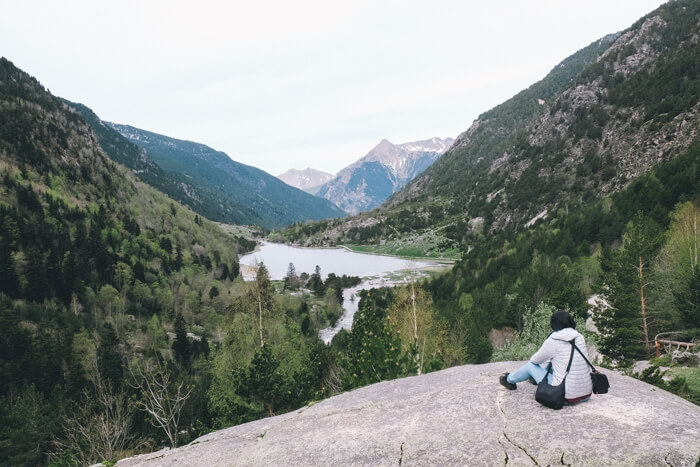
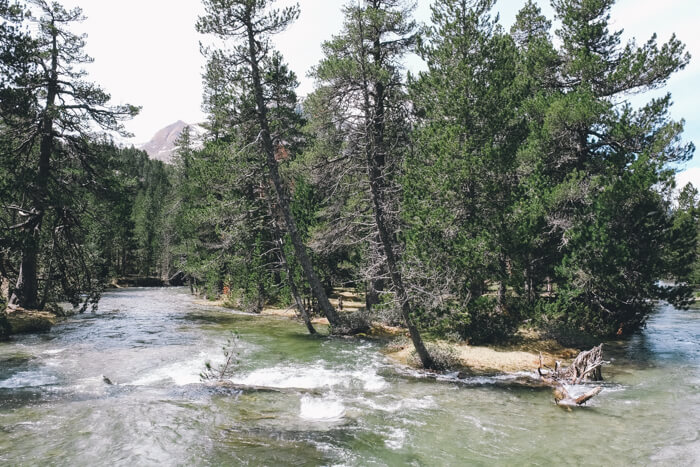
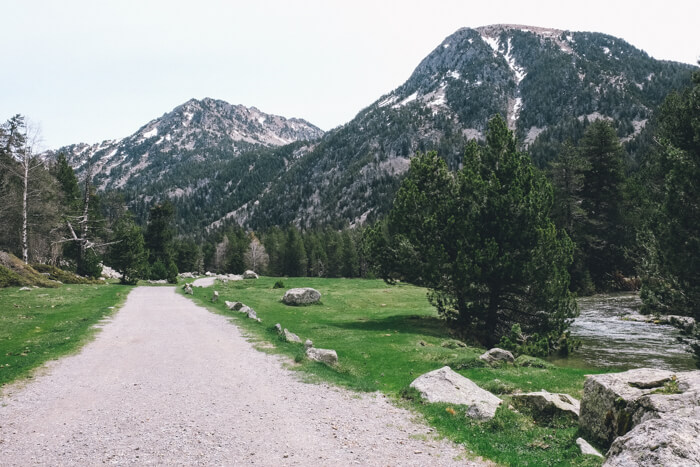
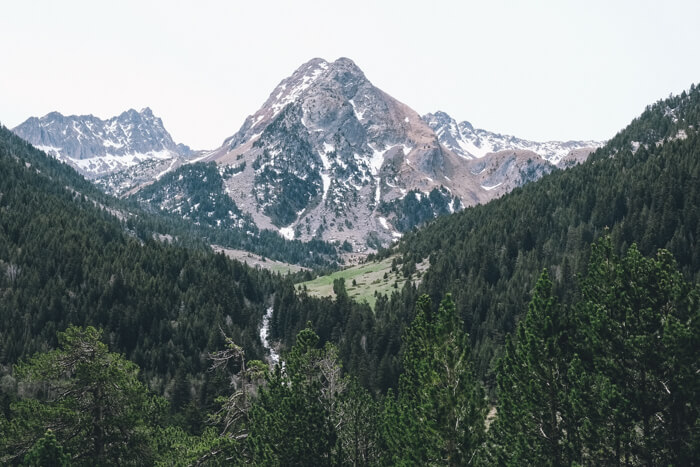
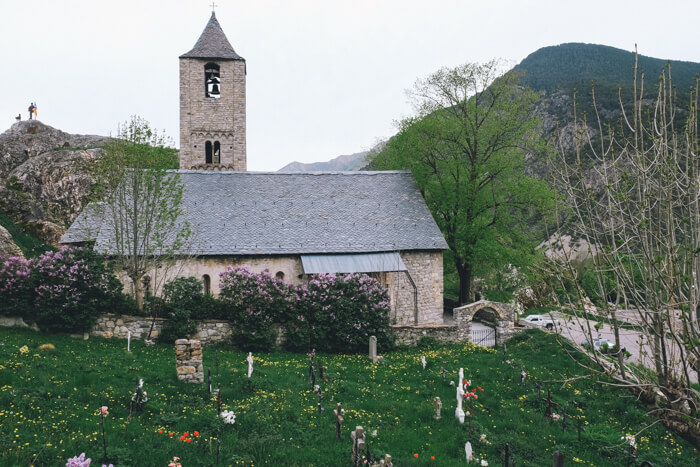
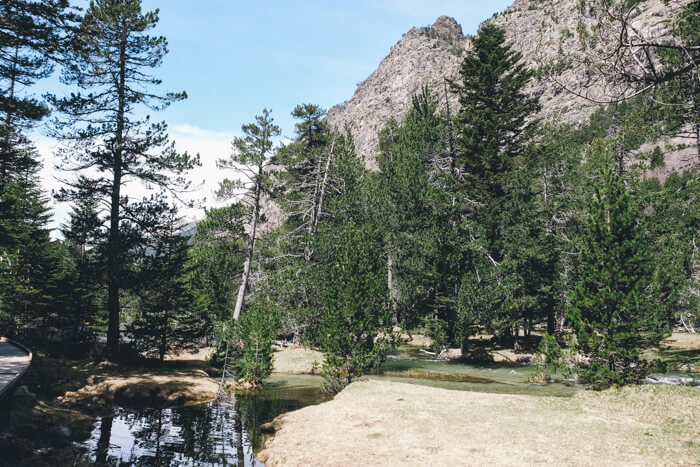
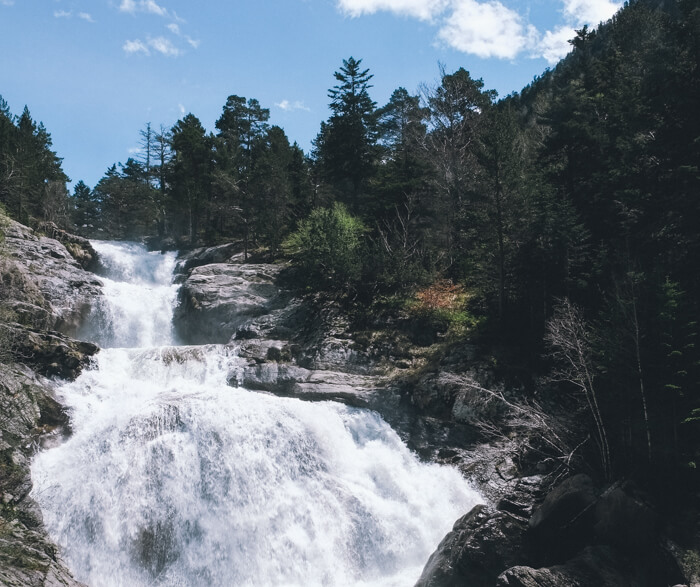
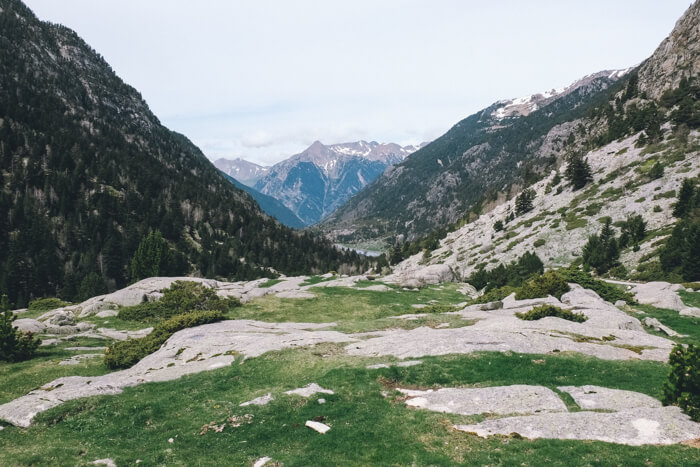
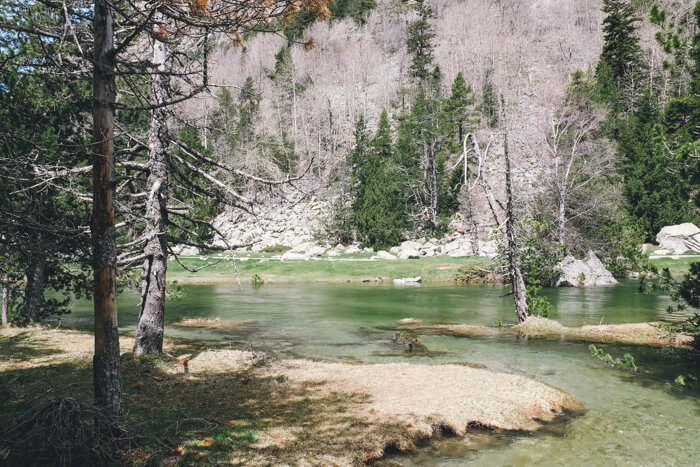
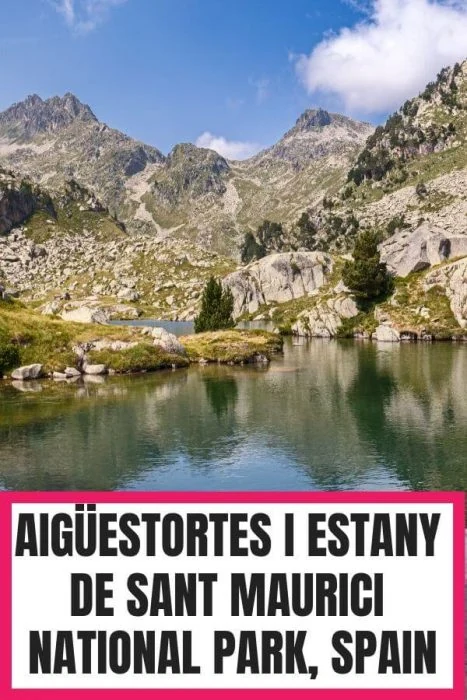
Shiam says
The video of Spain National park is Awesome :
Sofie says
Thanks:)
Nofi says
I am planning for hiking there , glad found this article, help me a lot :*
Sofie says
Thanks for letting me know! I hope you have a great trip :)
Tony says
Super helpful and well written. Thanks!
Sofie says
Thank you!
Catherina says
We are visiting Spain in the last two weeks of April. Do you have information on when it is possible weatherwise to hike here without encountering snow? We would want to do a 3-4 hour hike.
Sofie says
Spain is a big country :) I suggest you Google weather information for the specific area you’ll be traveling to.
A lot of places in Spain rarely to never get snow, and many places in Spain won’t have snow in Aprim.